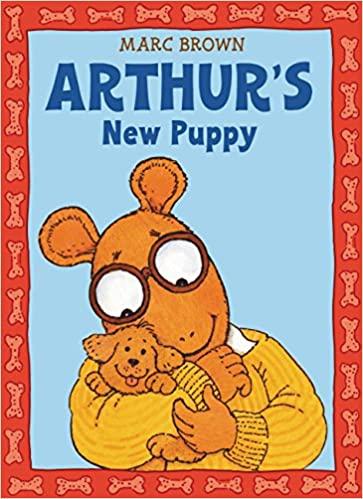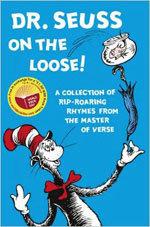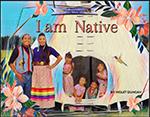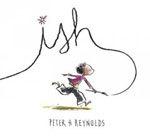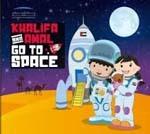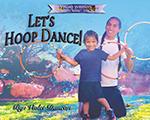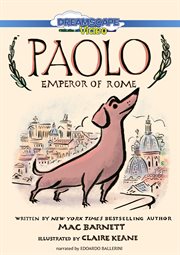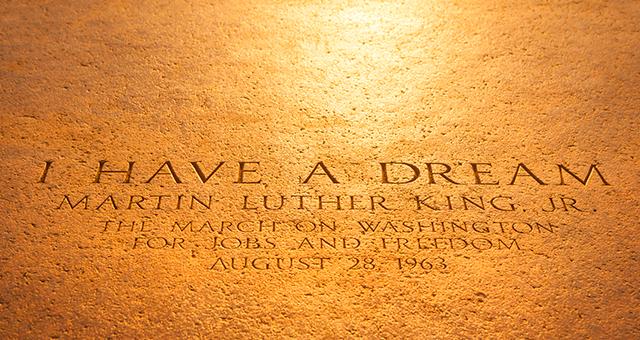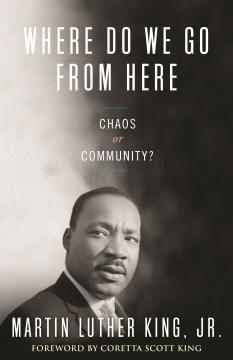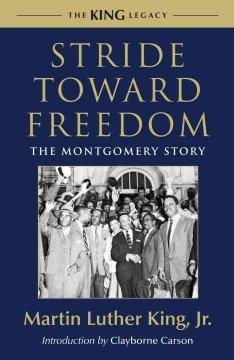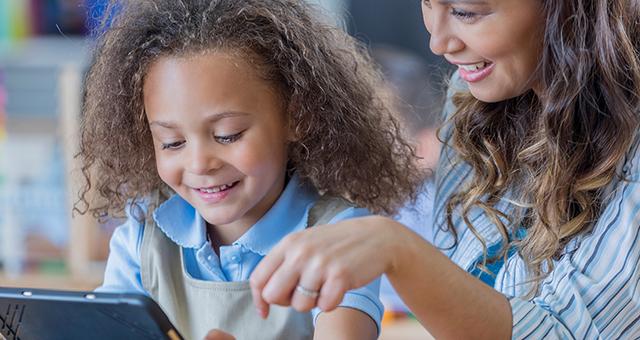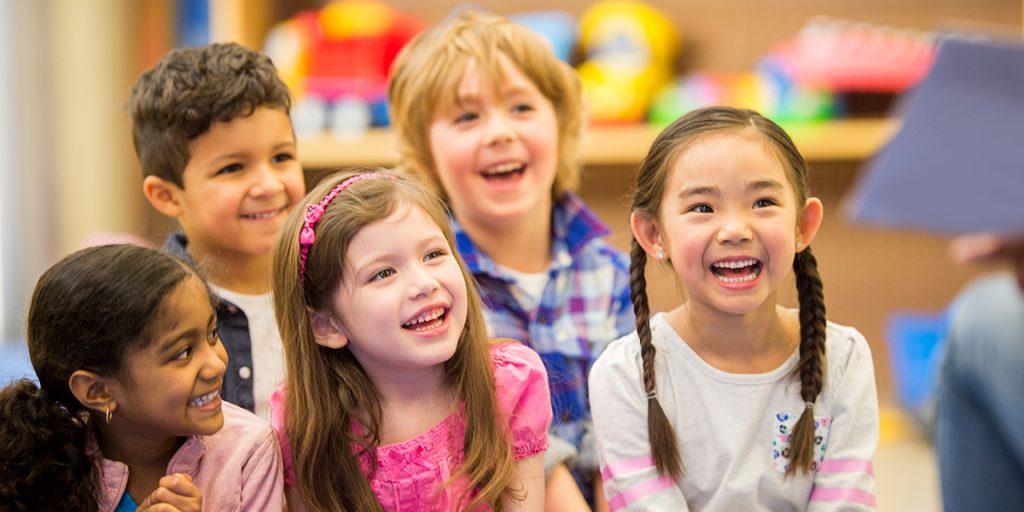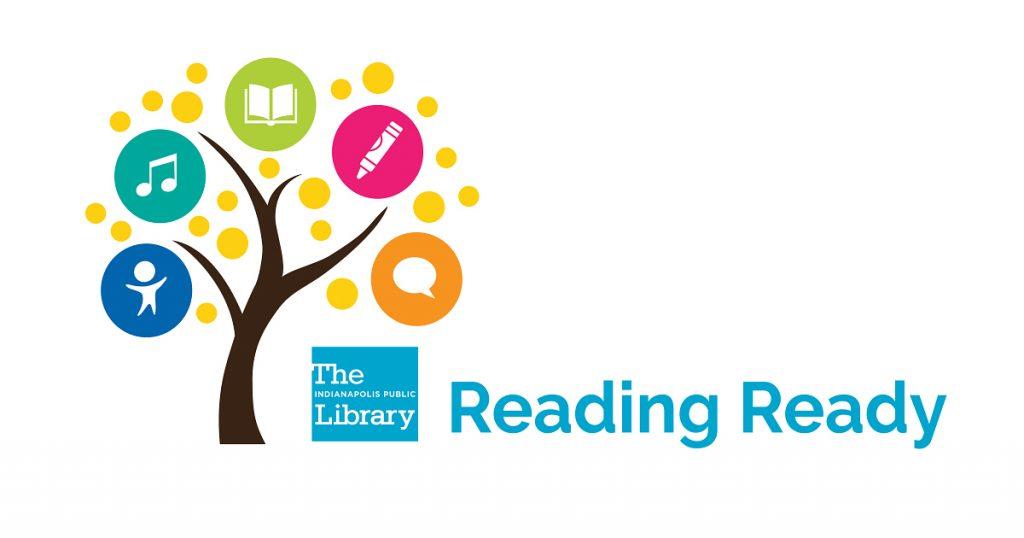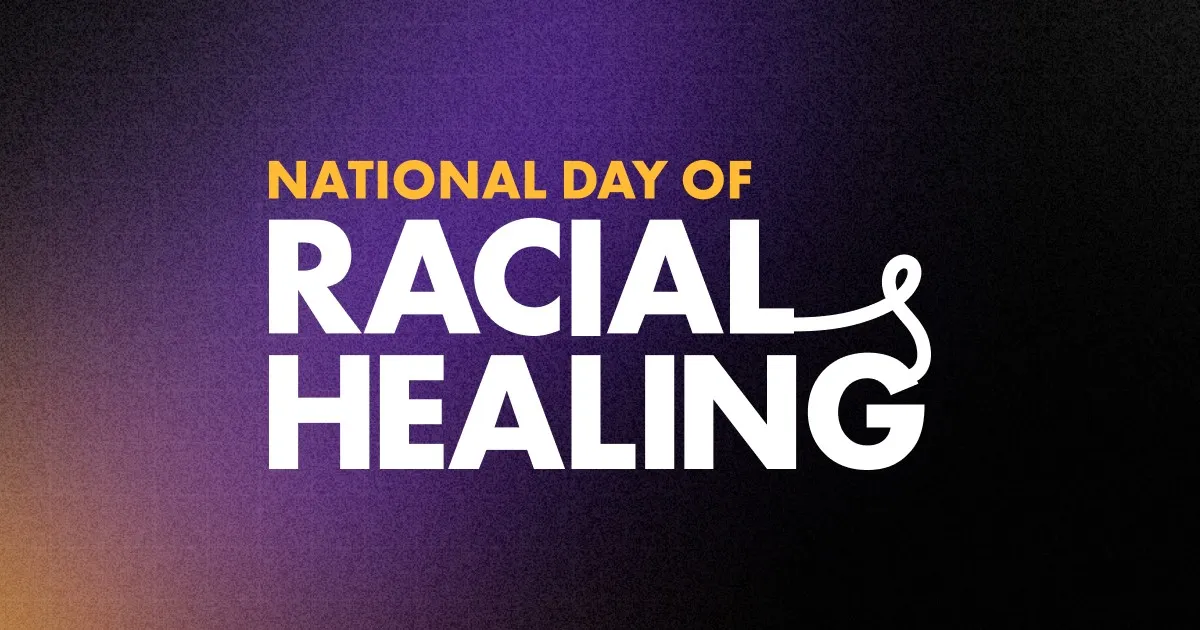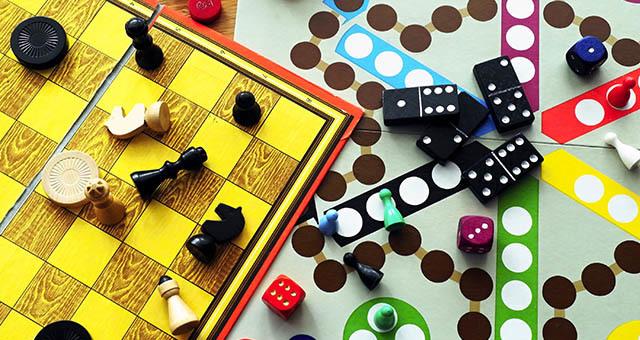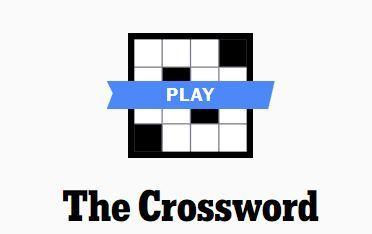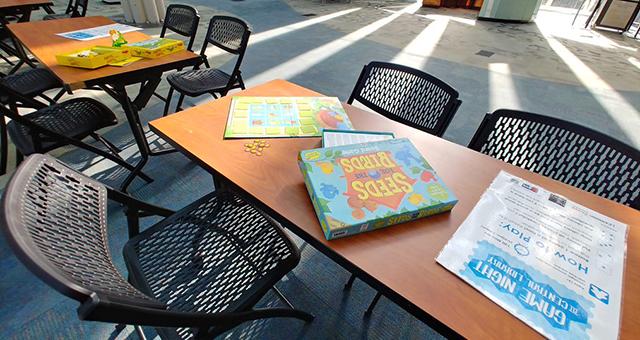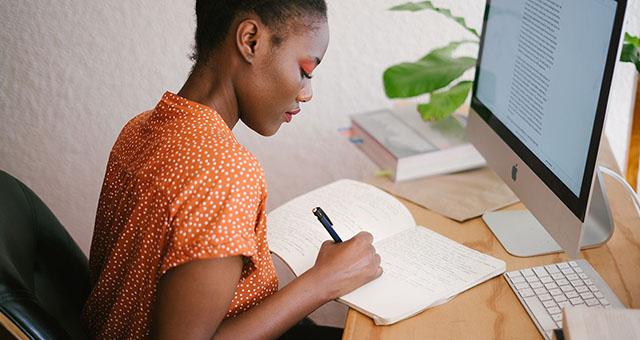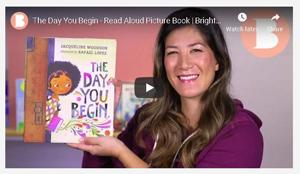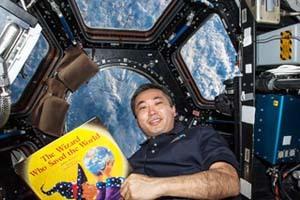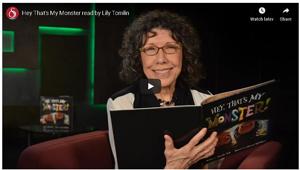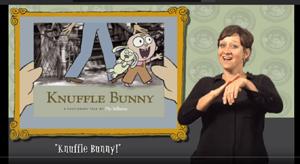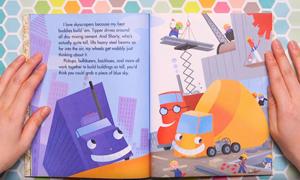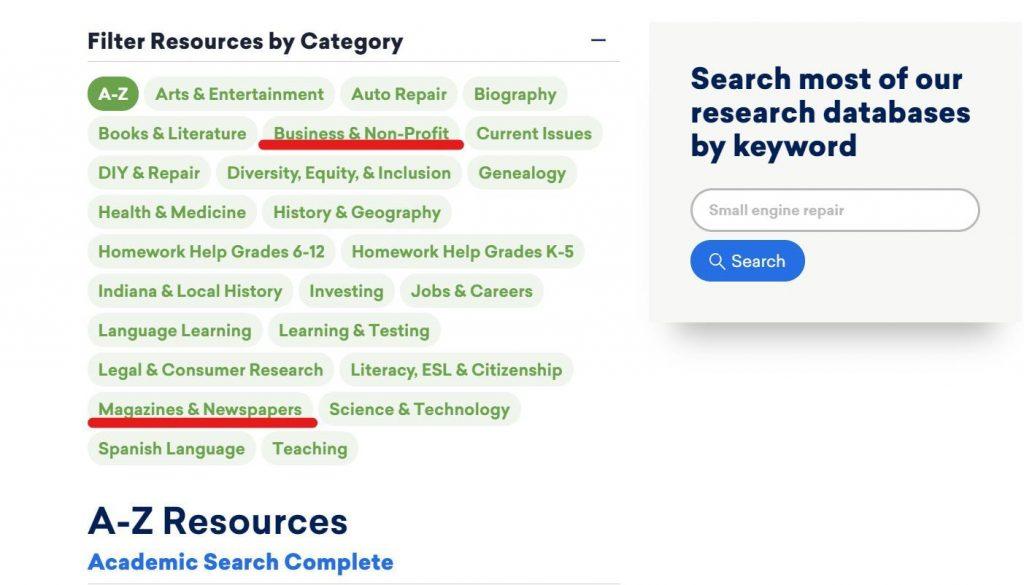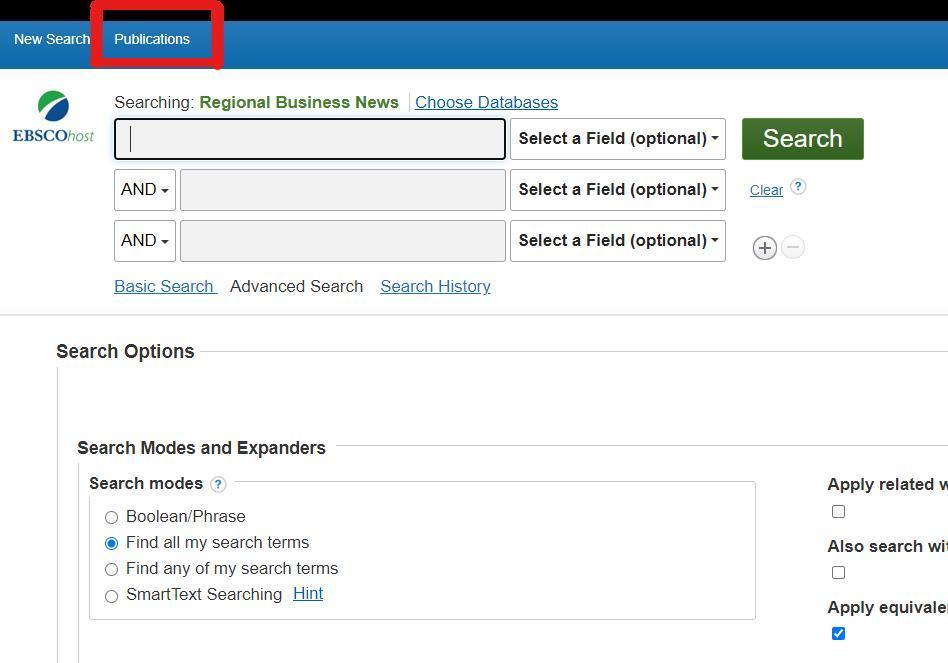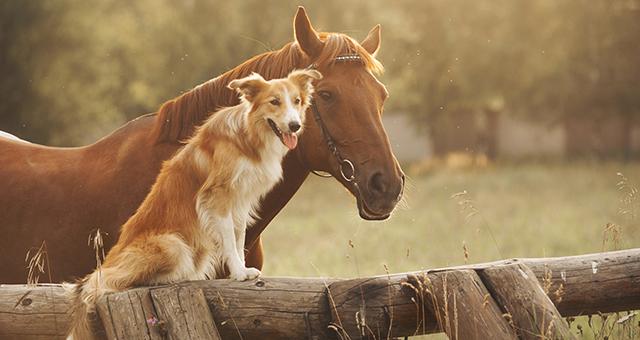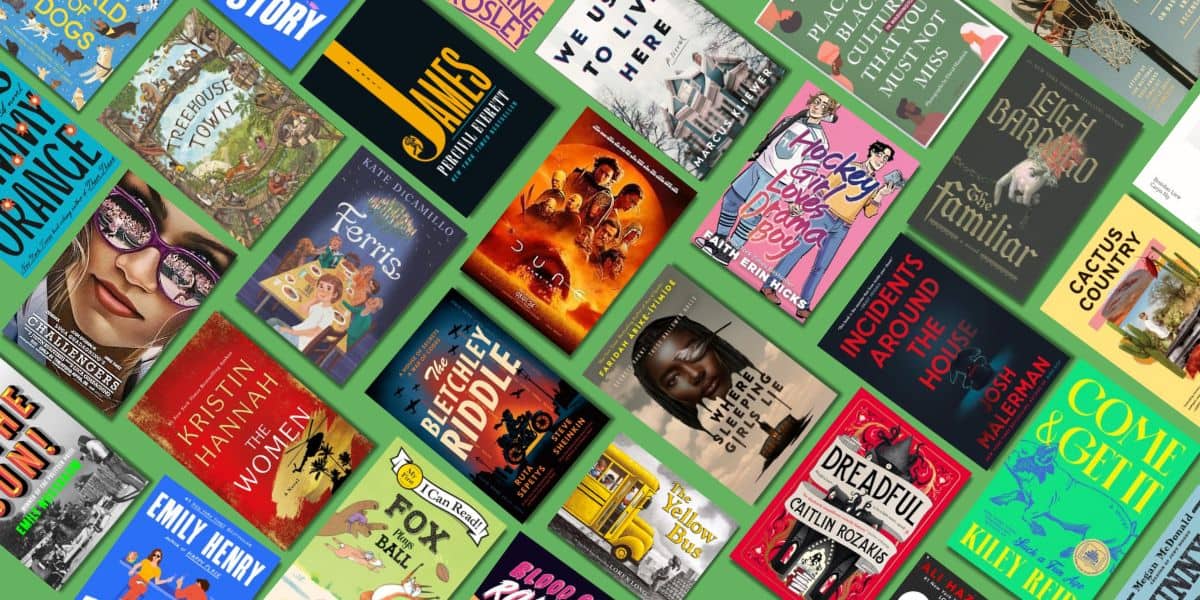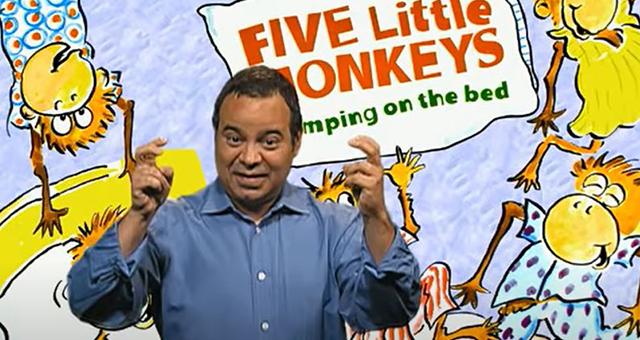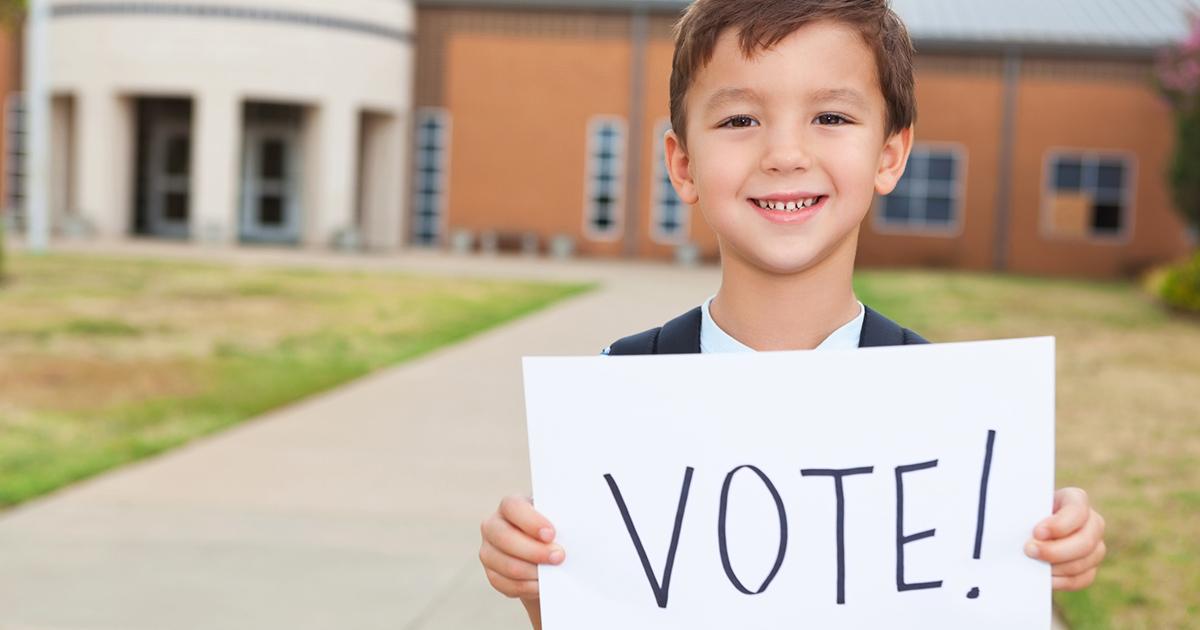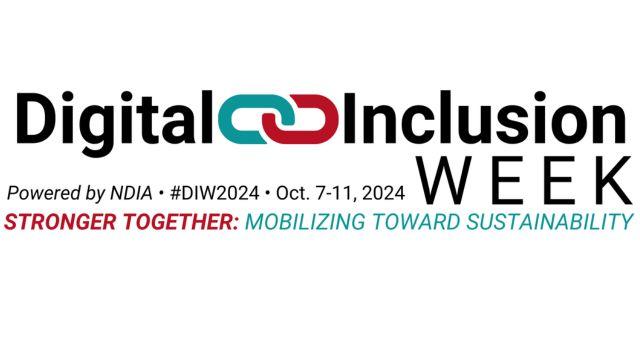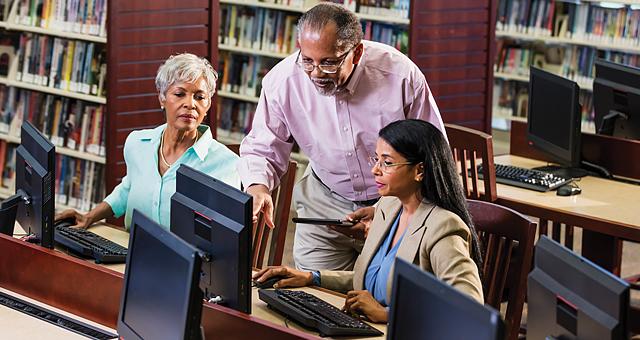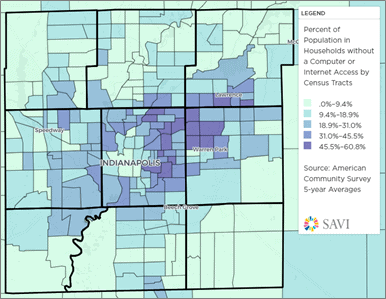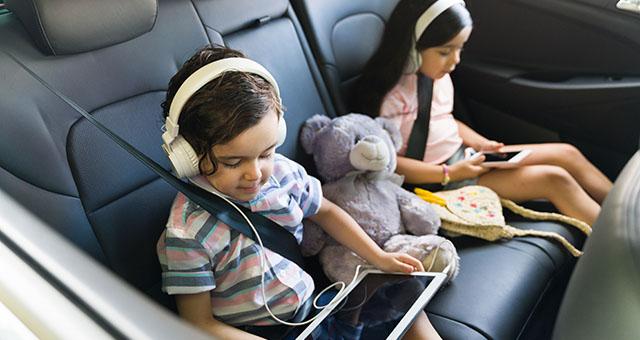
When you are on vacation, running errands or just away from home, free video read alouds are a great way to fill what can be hours of waiting into a lot of fun! These are convenient stories for families on the go. View them on a computer, tablet, or phone. If you have a few minutes you have time for a story! The playlist below includes more than 100 video read alouds from old classics like Where the Wild Things Are to newer favorites like Little Jumbo. Featured readers include actors, performers, celebrities, and oftentimes the author themselves. This listening library is available all day every day (and all night!) for returning to old favorites. “Read it again!” has never been easier!
Click on a book cover to hear a story!
For more help keeping children hearing and enjoying great stories you can find even MORE Free Video Read Alouds or try IndyPL’s DIY Online Storytimes at Home. Because reading aloud to kids—even after they know how to read independently—benefits kids of all ages. Video read alouds are a great tool to help create a culture of reading. They don’t replace reading aloud together in-person, but they are a fun alternative and supply key early literacy benefits.
